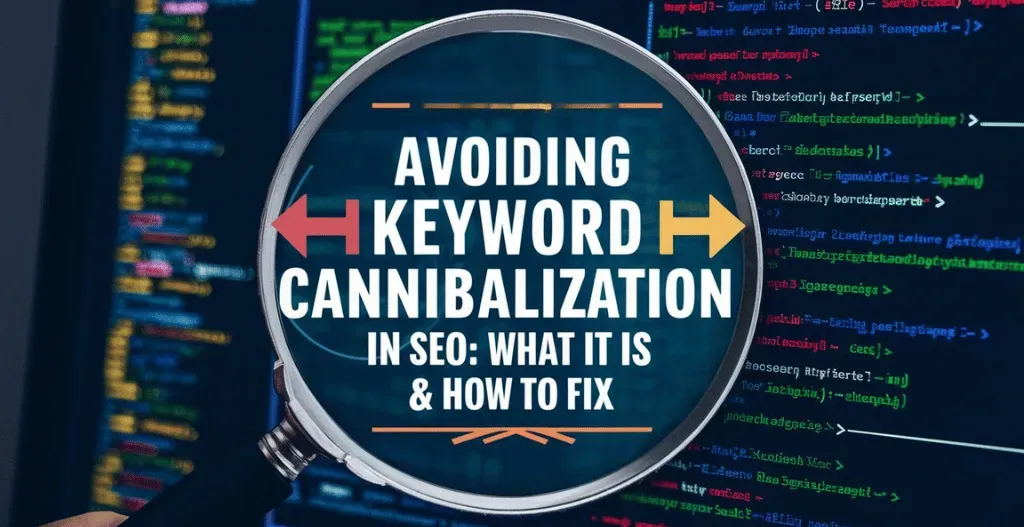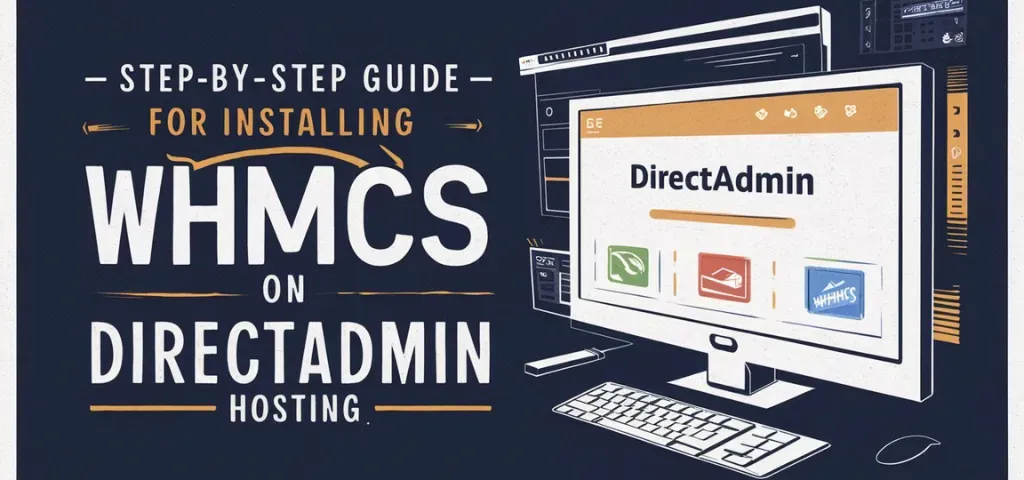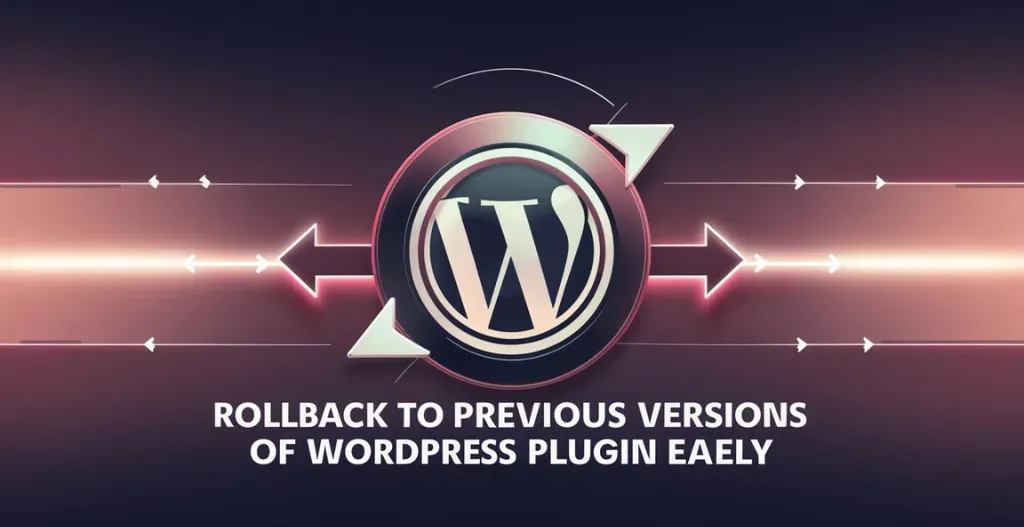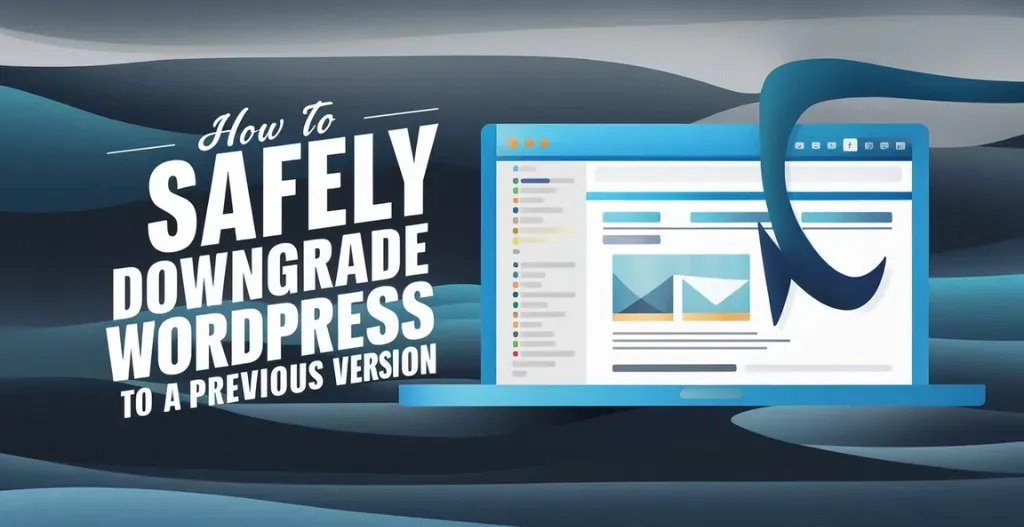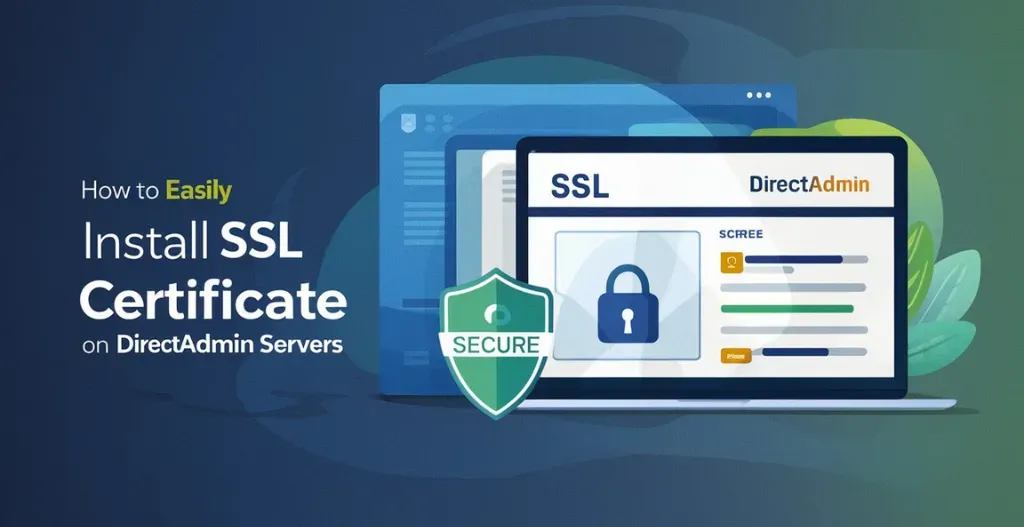Migrating your WordPress website to a new domain can be a difficult task, especially when it comes to preserving your hard-earned search engine optimization (SEO) rankings. However, with the right guidance and tools, the process can be seamless and stress-free. That’s where Owrbit Guide comes in.
Owrbit’s complete guide that will walk you through the all the required steps of migrating your WordPress website to a new domain without affecting your SEO efforts. With Owrbit, you can rest assured that your website will maintain its search engine rankings and visibility, ensuring that your hard work does not go to waste. In this blog post, we will explore into the process of migrating your WordPress website to a new domain and how Owrbit can help streamline the process easily.

Steps To Migrate Your WordPress Website To A New Domain :
Step 1 : Backing Up Your WordPress Files:
The very first step is to backup all your website data and files. Completely backing up your WordPress ensures your data is safely migrated to the new domain effectively.
There are many methods to backup your Website. Some of them are :
Using Backup Plugins :
- Install and activate any well-known wordpress plugin to backup the wordpress data. Our recommendation for the plugin is Backup Bliss.
- After activating, Tap on the backup migration feature from the left sidebar.
- In the create backup option, Select everything in what will be backed up and adjust other things according to you.
- After that simply click on Create backup now and download your backup.
Using MYSQL Database :
- Open your database in phpMyAdmin
- Click on Databases in the top left menu.

- Select the name of the MYSQL database you want to export

- Click on the Export option from the top menu.

- Select Custom – display all possible options and select all the tables to export.
- Now, Scroll down to the Object creation options.
- Under Object creation options activate the slider for Add DROP TABLE / VIEW / PROCEDURE / FUNCTION / EVENT / TRIGGER statement.

- After selecting Scroll down and click Export.

Step 2 : Uploading Backup Files To Your New Domain :
Log in via SFTP and upload your backup to your new domain. If you made your backup with File Manager, remember to unzip it before uploading.

Step 3 : Importing The Database :
- Open your database in phpMyAdmin
- Click on Databases in the top left menu.
- Click the name of the database you want to import to
- Click on the Import option from the top menu.

- Click on the Choose File and select the database file you just exported earlier. This is an .sql or .zip-file.
- Then scroll down and click Go.
- The import is now done. A message confirming the import appears on your screen. You should be able to see the tables in the column to the left in phpMyAdmin.

Step 4 :Editing The Siteurl And Home Options :
- In this table that ends on _options, locate siteurl and home under the column option_name. Usually, these records are at the top of the table on lines 1 and 2.
- Start with siteurl and click Edit on the far left of this line, next to the pencil icon.

- This will open a window where you can see the field option_value.
- Replace the old domain with your new domain name and click Go on the bottom right to save changes.

- Repeat the same steps for home.
Step 5 : Updating Connection Details In wp-config :
- Log into your hosting control panel.
- Open the file manager.
- Now find wp-config.php and open it. (The wp-config.php file is located in the directory where you installed WordPress.)
- Find the login details in the wp-config.php usually its on 20th number line.

- Update these login details with your new database login id password.
- Now, click on the Save.
Step 6 : Checking Your Website :
- Access the File Manager of your old domain. This will open on a new screen.
- Select the index.php file by checking the check box in front of the file.
- Choose Rename next to the pencil icon in the top right pane.
- Enter the new name, for example, index-1.php or index-old.php.
- Please don’t use spaces, and remember that the file extension .php is already prefilled.
- Press Enter on your keyboard to save the file.
Hurray, You have successfully migrated your WordPress website to your new domain without affecting the SEO of the posts.
Checkout Get Free WordPress Templates From Envato Elements & ThemeForest
Discover more from Owrbit
Subscribe to get the latest posts sent to your email.




